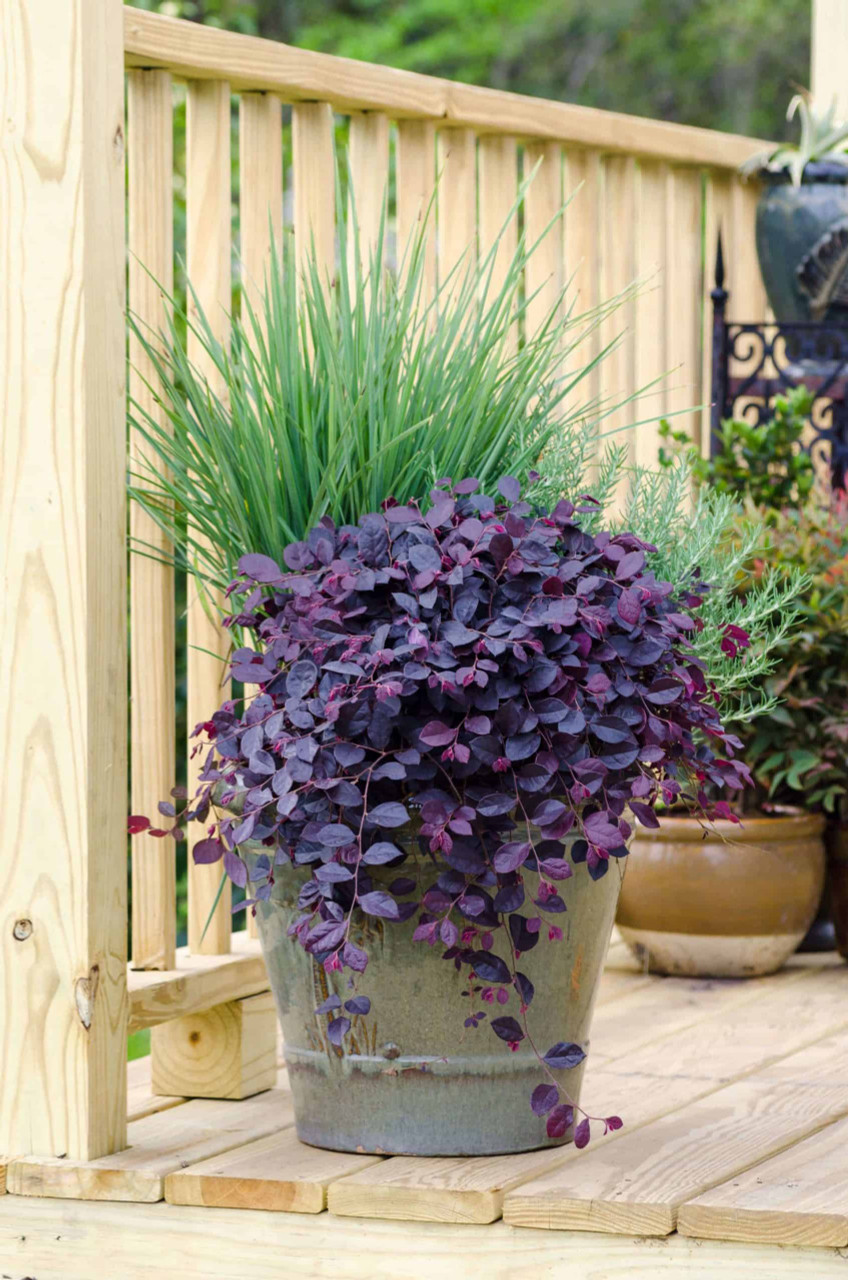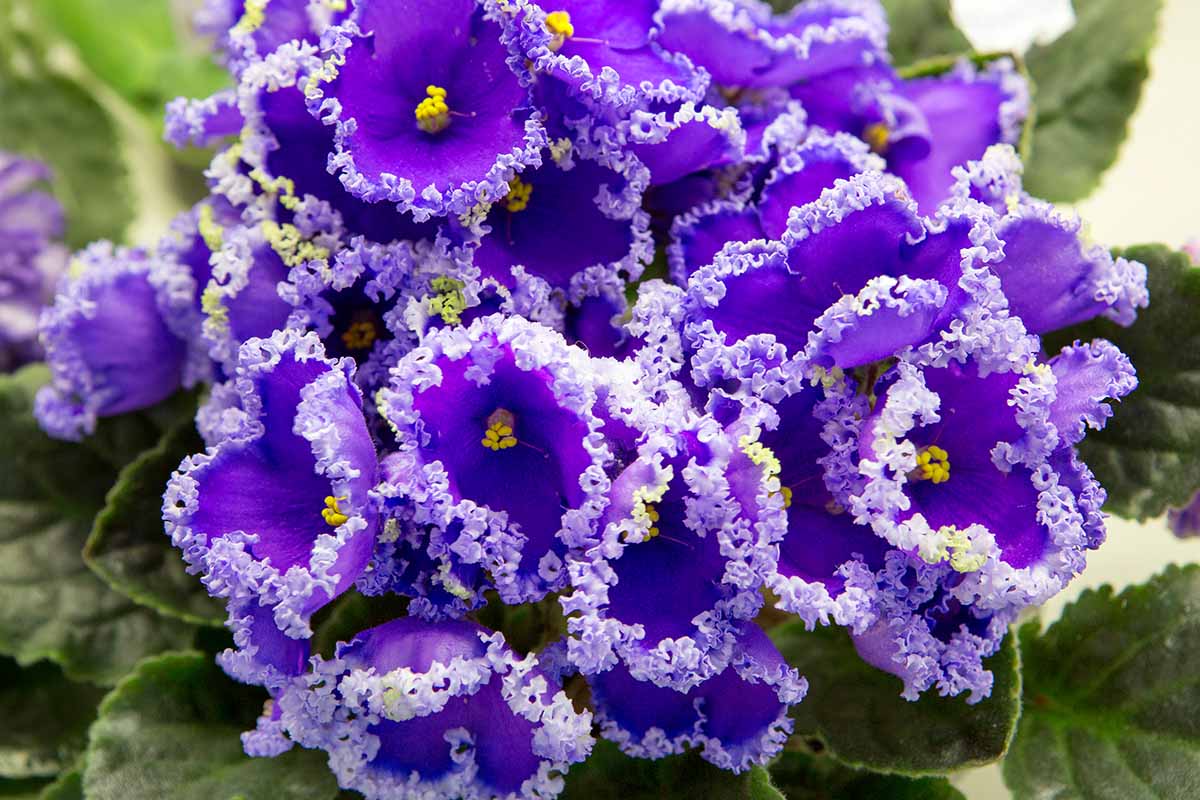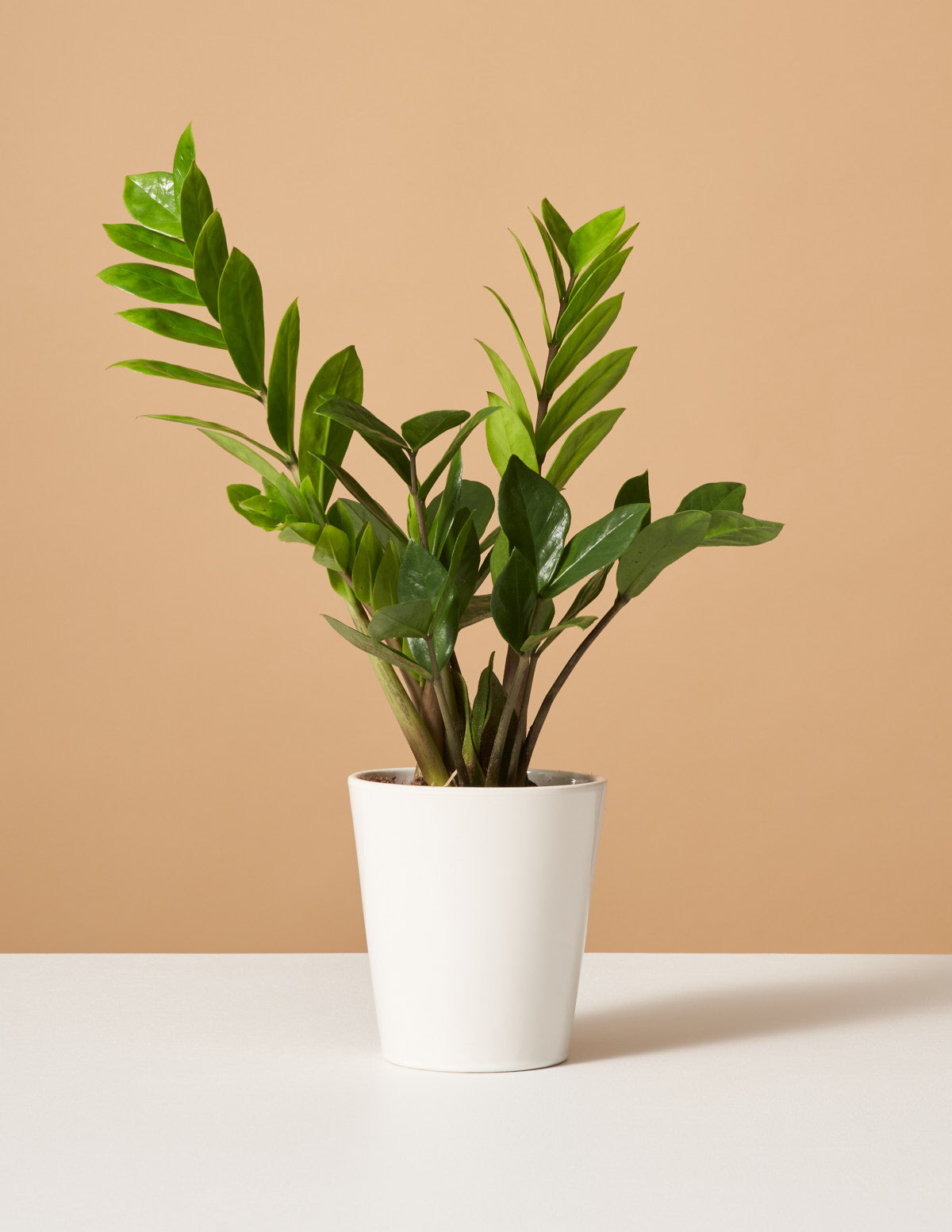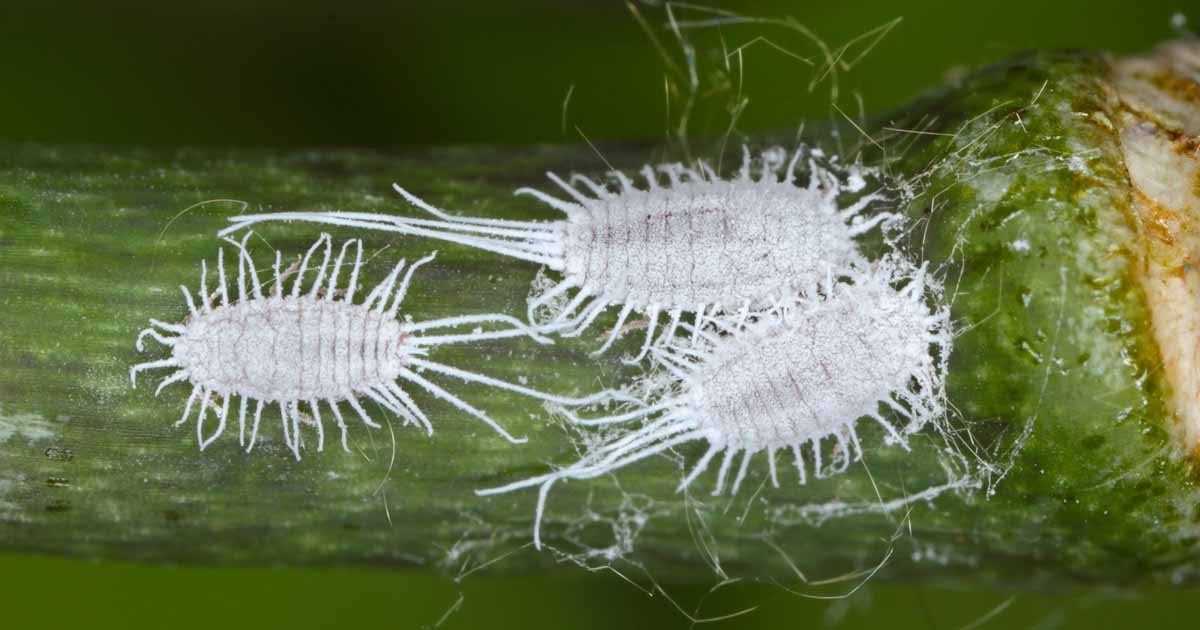Tradescantia Companion Plants That Will Make Your Home Look Stunning
Tradescantia Companion Plants That Will Make Your Home Look Stunning
Tradescantia plants are known for their beautiful foliage and easy care. They come in a variety of colors and textures, making them a versatile addition to any home. But did you know that companion planting can help your Tradescantia plants thrive?
In this blog post, we will discuss the best companion plants for Tradescantia. We will also provide tips on how to plant and care for these plants together.
What are Companion Plants?
Companion planting is the practice of planting certain types of plants together for the mutual benefit of both plants. Some plants can help to attract beneficial insects, deter pests, or improve the overall health of their neighbors.
When choosing companion plants for Tradescantia, it is important to consider the plant's needs in terms of sunlight, water, and soil type. You should also choose plants that have similar growth habits. For example, you would not want to plant a tall, vining Tradescantia next to a short, compact plant.
Best Companion Plants for Tradescantia
Some of the best companion plants for Tradescantia include:
- Coleus: Coleus is another easy-care plant that comes in a variety of colors. It can help to attract beneficial insects to your garden, and it can also help to deter pests.
- Creeping Jenny: Creeping Jenny is a low-maintenance groundcover plant that can help to suppress weeds and prevent erosion. It is also tolerant of shade, making it a good choice for areas where Tradescantia may not get enough sunlight.
- Purple Pixie Lettuce: Purple Pixie Lettuce is a fast-growing annual that adds a touch of color to your garden. It is also edible, making it a fun and functional addition to your landscape.

- Begonia: Begonias come in a variety of colors and shapes, making them a versatile addition to any garden. They can help to attract beneficial insects and deter pests.

- Impatiens: Impatiens are another easy-care plant that comes in a variety of colors. They can help to attract beneficial insects and deter pests.
- Pothos: Pothos is a vining plant that can be trained to climb or trail. It is tolerant of low light conditions, making it a good choice for areas where Tradescantia may not get enough sunlight.

How to Plant and Care for Tradescantia Companion Plants
When planting Tradescantia companion plants, it is important to follow the same planting instructions for each plant. This includes planting them in the correct soil type, in the right amount of sunlight, and watering them regularly.
Once your plants are established, you can fertilize them lightly every few weeks. You should also deadhead spent flowers to encourage new growth.
With proper care, your Tradescantia companion plants will thrive and add beauty to your home for many years to come.
Conclusion
Companion planting can be a great way to improve the health and beauty of your Tradescantia plants. By choosing the right companion plants, you can attract beneficial insects, deter pests, and improve the overall appearance of your garden.
With a little planning, you can create a stunning display of Tradescantia and their companion plants that will bring joy to your home for years to come.
Tradescantia is a genus of flowering plants that includes many popular ornamentals, such as the wandering jew, spiderwort, and inch plant. These plants are known for their colorful foliage and easy care, making them a great choice for both indoor and outdoor gardens.
When choosing companion plants for tradescantia, it is important to consider the plant's needs in terms of sunlight, water, and soil type. Tradescantia plants generally prefer full sun to partial shade and well-drained soil. They are also relatively drought tolerant once established.
Some good companion plants for tradescantia include:
- Coleus: This plant has colorful foliage that complements the variegated leaves of tradescantia. Coleus also prefers full sun to partial shade and well-drained soil. Gardenia Inspiration
- Creeping Jenny: This plant is a groundcover that tolerates both sun and shade. It helps to suppress weeds and add interest to the garden.
- Purple pixie leropetalum: This plant has purple foliage that contrasts nicely with the green leaves of tradescantia. It also prefers full sun to partial shade.
- Begonia: This plant has colorful flowers that bloom throughout the summer. It prefers partial shade and well-drained soil.
- Impatiens: This plant has brightly colored flowers that bloom in a variety of colors. It prefers partial shade and moist soil.
- Pothos: This plant is a vining plant that can be trained to climb a trellis or wall. It prefers bright indirect light and moist soil.
For more information about tradescantia companion plants, please visit Gardenia Inspiration.
FAQ of tradescantia companion plants
Q: What are some good companion plants for Tradescantia?
A: Tradescantia is a relatively easy-going plant that can be paired with a variety of other plants. Some good companion plants include:
- African violets: These two plants have similar light and water requirements, and they can both thrive in bright, indirect light.

- Spider plants: Spider plants are another good choice for companion plants for Tradescantia. They are both tolerant of low light conditions, and they can help to improve the air quality in your home.

- ZZ plants: ZZ plants are also low-maintenance plants that can tolerate infrequent watering. They can help to add some height and visual interest to your Tradescantia display.

- Pothos: Pothos is another vining plant that can be grown in similar conditions to Tradescantia. They can be trained to climb up a trellis or stake, or they can be allowed to trail over the edge of a pot.

- Philodendrons: Philodendrons are a large group of plants that come in a variety of shapes and sizes. Some philodendrons, such as the heartleaf philodendron, can be grown in similar conditions to Tradescantia.
Q: What are the best conditions for Tradescantia?
A: Tradescantia prefers bright, indirect light. They can tolerate some direct sunlight, but too much sun can scorch their leaves. Tradescantia also prefers moist soil, but they are not tolerant of soggy soil. The best way to water Tradescantia is to water deeply when the top inch of soil is dry.
Q: What are some common pests and diseases that affect Tradescantia?
A: Tradescantia is susceptible to a few common pests and diseases, including:
- Spider mites: Spider mites are tiny insects that can cause stippling or yellowing of the leaves. They can be controlled with insecticidal soap or neem oil.

- Mealybugs: Mealybugs are small, white insects that can cluster on the leaves and stems of Tradescantia. They can be controlled with rubbing alcohol or insecticidal soap.

- Scale insects: Scale insects are small, brown insects that attach themselves to the leaves and stems of Tradescantia. They can be controlled with insecticidal soap or neem oil.

- Leaf spot: Leaf spot is a fungal disease that can cause brown or black spots on the leaves of Tradescantia. It can be prevented by watering the plant properly and avoiding overhead watering. If leaf spot does occur, you can treat it with a fungicide.
Q: How do I propagate Tradescantia?
A: Tradescantia is easily propagated by stem cuttings. To take a stem cutting, simply cut a healthy stem that is about 4 inches long. Remove the lower leaves from the cutting and plant it in a pot of moist potting mix. Keep the soil moist and the cutting in a warm, bright location. The cutting should root in about 2-4 weeks.
Q: How do I care for Tradescantia in winter?
A: If you live in a cold climate, you may need to bring your Tradescantia indoors during the winter. Place it in a bright, warm location and water it less frequently than you would in the summer. You may also need to fertilize your Tradescantia less often in the winter.
Image of tradescantia companion plants
5 different images of Tradescantia companion plants:
- Spider plant. Spider plants are low-maintenance plants that can tolerate a wide range of conditions, making them perfect companions for Tradescantia. They also help to remove toxins from the air, which can be beneficial for indoor plants.
- ZZ plant. ZZ plants are another low-maintenance plant that is tolerant of low light and infrequent watering. They are also known for their air-purifying properties.

- Pothos. Pothos is a vining plant that can be trained to climb or trail. It is easy to care for and can tolerate low light conditions.

- Philodendron. Philodendrons are a diverse group of plants that come in a variety of shapes and sizes. They are generally easy to care for and can tolerate low to medium light conditions.
- Arrowhead plant. Arrowhead plants are known for their arrow-shaped leaves. They are easy to care for and can tolerate low to medium light conditions.

Post a Comment for " Tradescantia Companion Plants That Will Make Your Home Look Stunning"